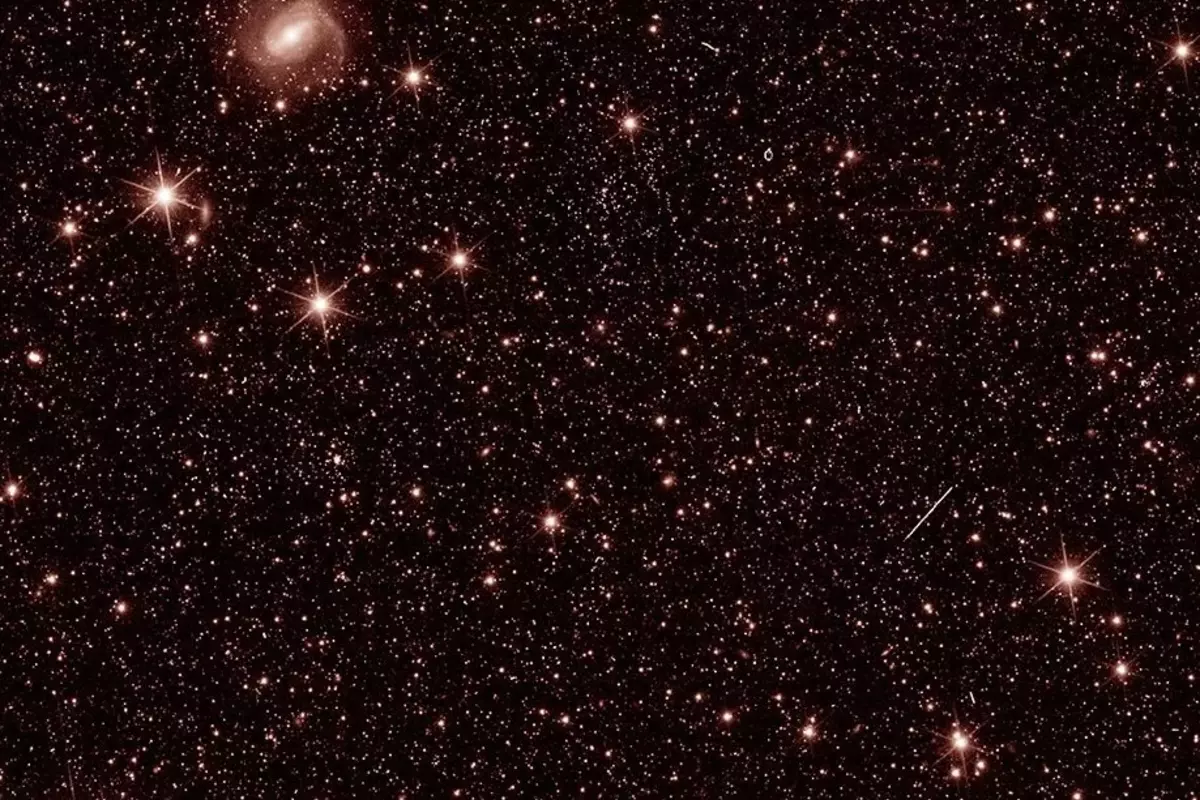
The Euclid space telescope, which was launched on July 1, 2023, to shed further light on elusive dark matter and dark energy, has arrived in its destination orbit, and its European operators released its first test images.
The star-studded images were captured during the space telescope’s commissioning, a period in which its powerful instruments are finely calibrated, and hence do not represent their full potential.
😮They're in! @ESA_Euclid's two instruments have captured their first test images! 👇 https://t.co/2CMxim7H4b pic.twitter.com/gNxPRStAo9
— European Space Agency (@esa) July 31, 2023
However, the European Space Agency (ESA) claims that the tests have already shown that it will be capable of carrying out its vast mission.
In a statement, Euclid project manager Giuseppe Racca said, “After more than 11 years of designing and developing Euclid, it’s exhilarating and enormously emotional to see these first images”.
After taking off from Florida, the satellite has traveled approximately one million miles (1.5 million kilometers) to its observational orbit.
From there, Euclid will create the largest-ever map of the universe, spanning more than a third of the sky and covering up to two billion galaxies.
The map will also provide a unique perspective on the history of the 13.8-billion-year-old universe by capturing light that has taken 10 billion years to reach Earth’s vicinity.
Its visible light camera will allow it to measure the shape of galaxies, while its NASA-developed near-infrared spectrometer and photometer will allow it to measure how far away they are.
The ESA stated, “When the instruments were switched on, however, the researchers were startled by an unexpected pattern of light contaminating the images”.
An investigation led scientists to conclude that some sunlight was creeping into the spacecraft, probably through a tiny gap, but that it was only detected when Euclid was oriented in specific ways.
“By avoiding certain angles”, ESA stated, Euclid’s imaging instrument will be able to fulfill its mission.
Scientists want to use the data acquired to solve what Racca previously called a cosmic embarrassment: that 95 percent of the universe is still unknown to humanity.
Dark energy, the name given to the mysterious factor causing the universe to expand at an accelerated rate, is considered to make up roughly 70 percent of the universe.
And 25 percent is thought to be dark matter, which is thought to tie the universe together and account for around 80 percent of its mass.
The scientific activities of the telescope are set to commence in October.
Also read: Bringing Back To Earth Aeolus, The First Dead Satellite
To read more such news, download Bharat Express news apps



















